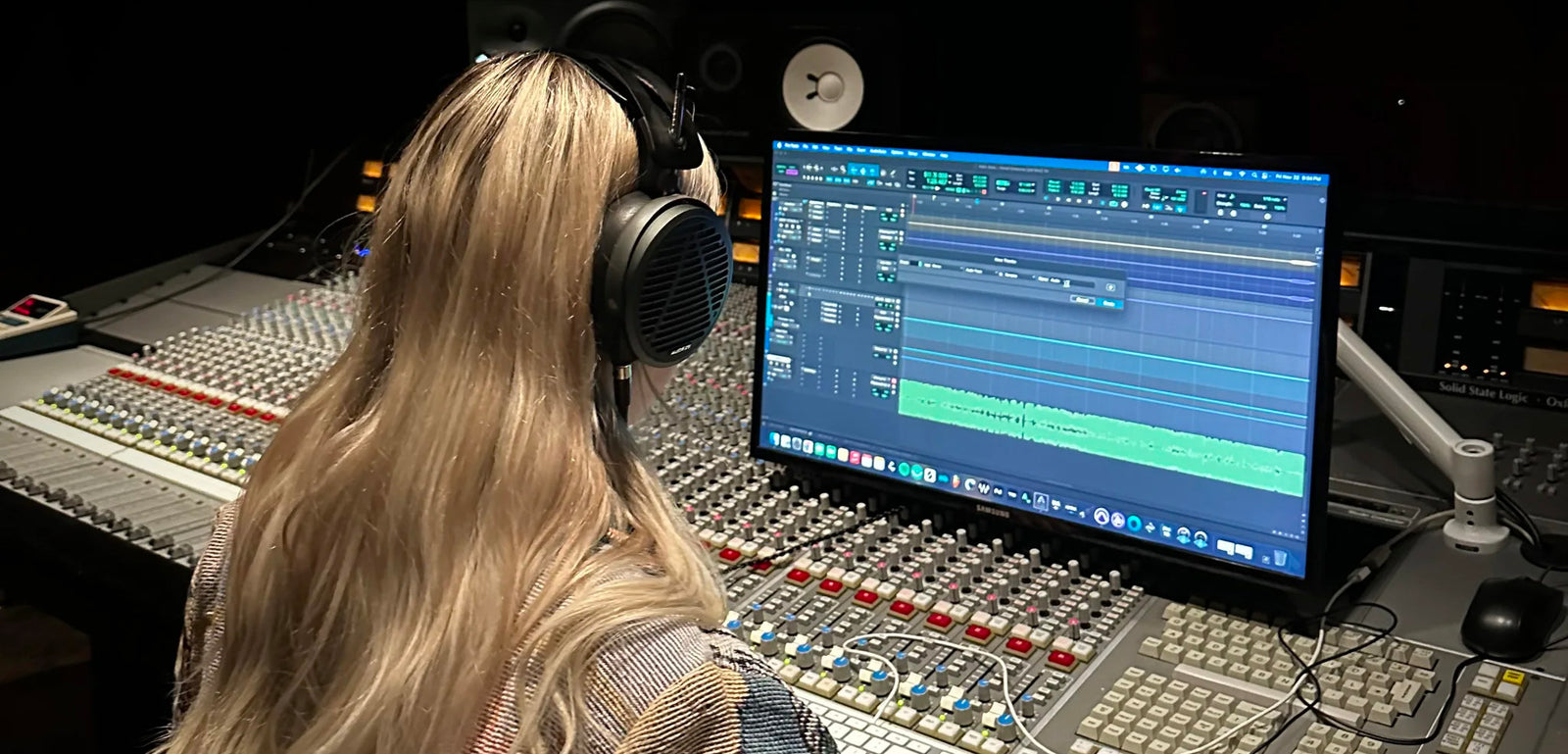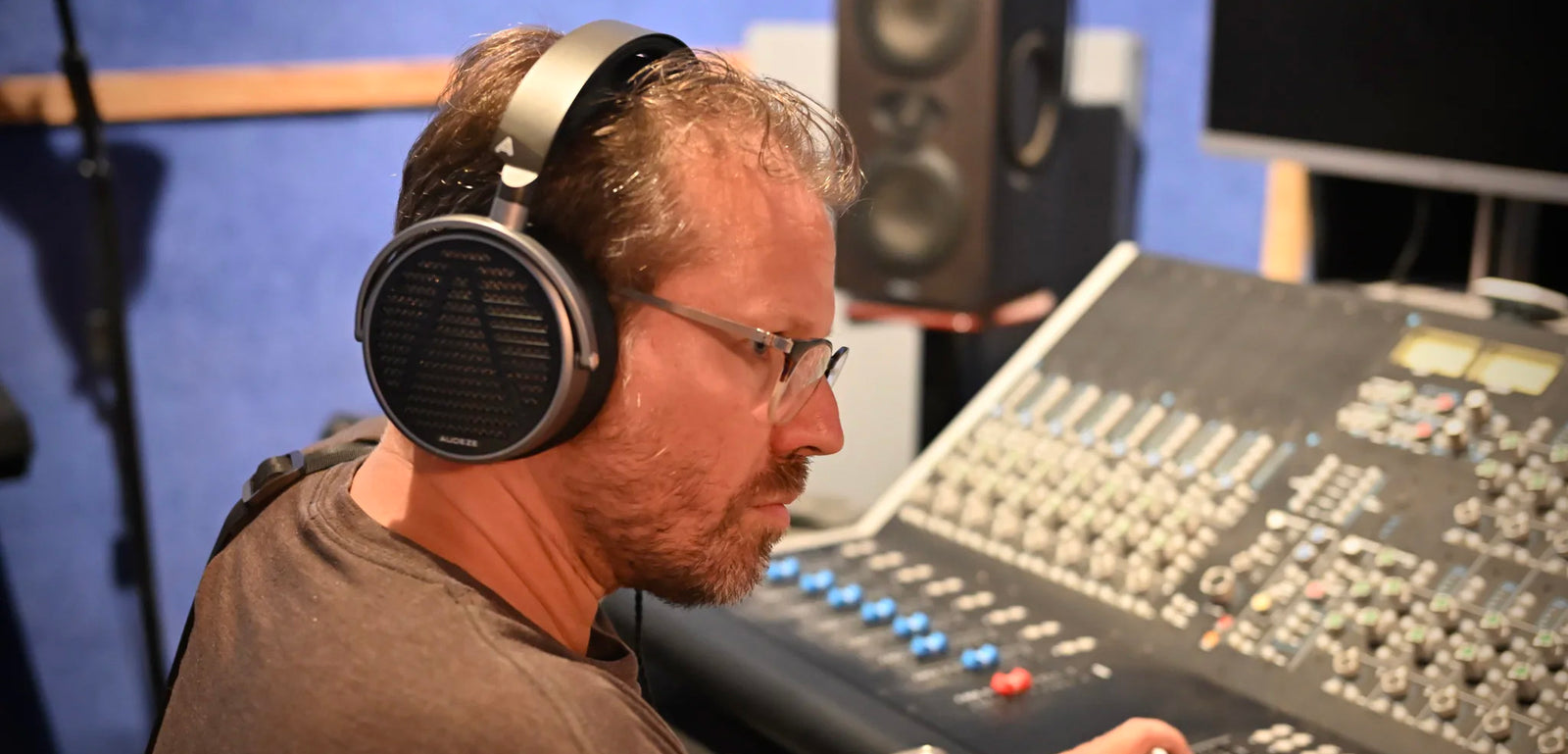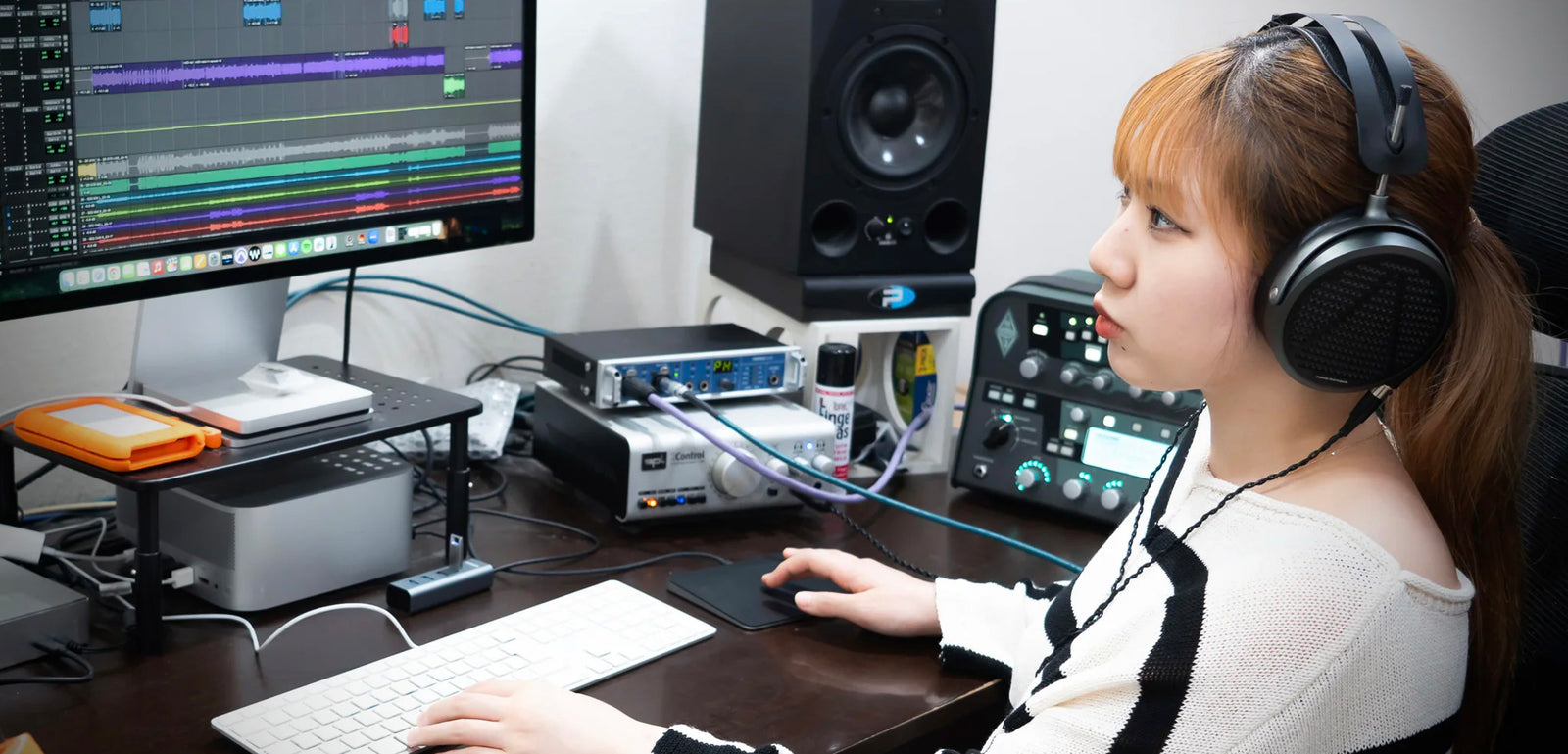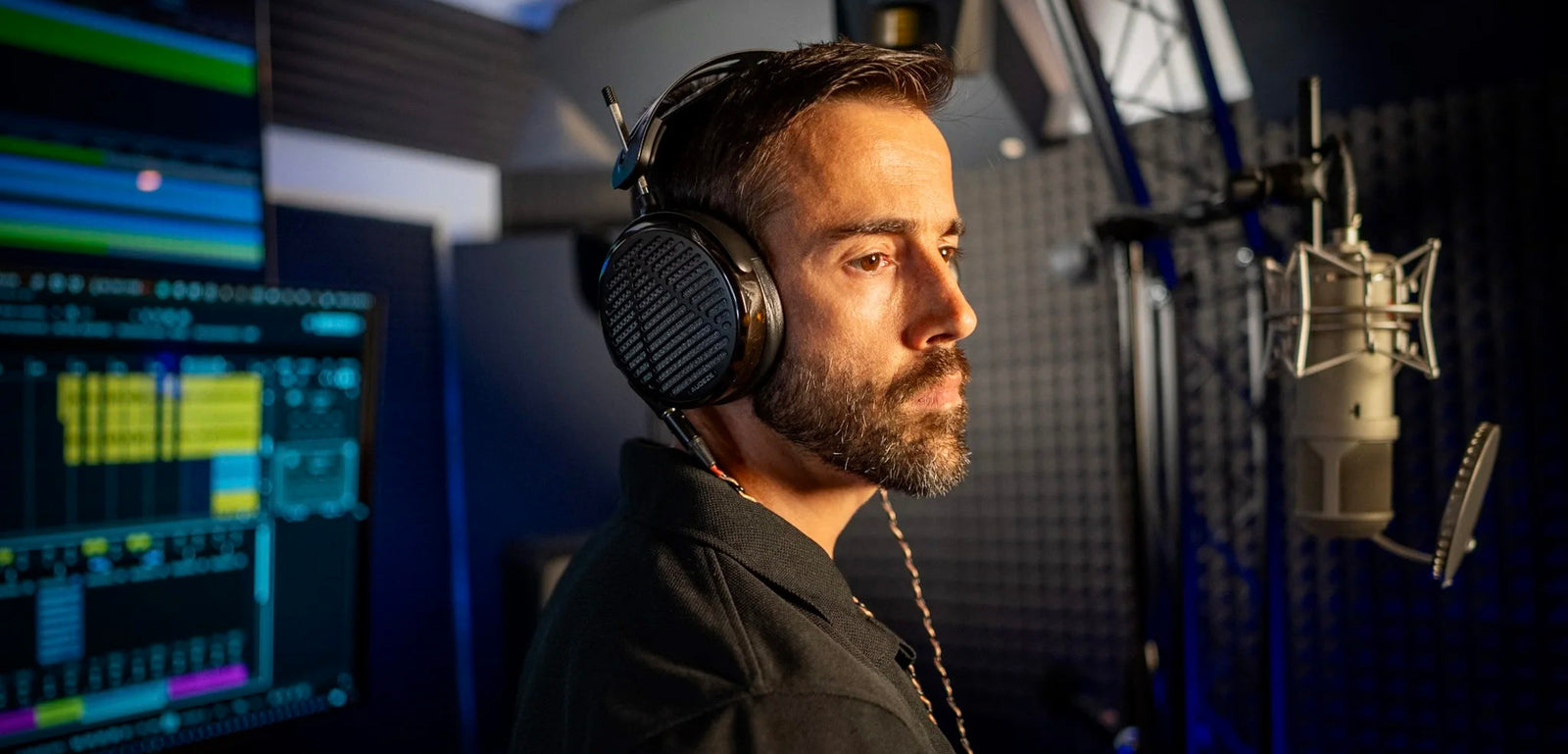
Angie Randisi is a highly acclaimed recording engineer and mixer from Canada, with three Grammy nominations and multiple platinum records to her name. Known for her technical prowess and keen ear, Angie has worked with some of the biggest names in the industry, including Lil Baby, Young Thug, Tory Lanez, 42 Dugg, Glorilla, and PartyNextDoor.

Josh Rogosin defined the tiny desk sound and has recorded and mixed over 800 shows, including Taylor Swift, Sting and Shaggy, Anderson .Paak, Mac Miller, Nile Rogers, and Bono and the Edge. His mixes have been heard on YouTube over a billion times. Now he’s introducing Global Sound and Ghost Light Concerts, traveling the world to discover how location inspires people to make music.

Li-sa-X is a Japanese female Guitarist/Composer who was born in 2005. Her cover video of RACER X's "Scarified," which she posted when she was 8 years old, garnered more than 5 million views and attracted a lot of worldwide attention. After watching this video, the composer of the song Paul Gilbert (MR. BIG) invited her to join his online guitar school as a scholarship student. She made her professional debut at the age of 12. Her playing technique has been described as “the future of rock."

Santaflow is an artist, composer, producer, entrepreneur, teacher and showman, politically incorrect and with millions of followers around the world (mainly in Spanish-speaking countries). After more than 20 years of career, he feels fitter and more eager than ever to continue creating songs and making them sound better every day. A restless lover of the world of sound, he works with several of the leading brands in the sector.
April 04, 2023
Lucy Raven is an artist living and working in New York. She works with moving image, sound, installation, drawing, and sculpture. She’s currently working on the third part of a trilogy of “Westerns”—moving image installations that each examine systems of pressure, force, and material state change to explore the development and demolition of the Western United States.

Working on the sound for the first part of the trilogy, Ready Mix (2021), with my composer Deantoni Parks, was a challenging and extremely rewarding experience. I had filmed the piece at a concrete and gravel plant in Bellevue, Idaho, and the production sound we recorded onsite was incredible—rich, textured, articulate. I edited together a score from those sources, which Deantoni then took as an existing texture from which to build his composition within, between, over, and around. The result is a densely textured sonic experience, played quadraphonically in installation. After Ready Mix was finished and out in the world, we went back into the sources for its sound— location, foley, composed, and made an LP that uses each in different ways than you hear in the film. That record is called Remix Ready Mix, and working on that in many ways informed how we approached the sound for the next installment of the trilogy, Demolition of a Wall (Albums 1 and 2), (2022).
Director/producer/editor
I got started by making hand-drawn animations. In many ways, building a moving image sequence out of many series of still images, often progressing at different rates, still very much informs how I think about putting images together in time.
I listen to all kinds of music. Often when I’m working, I’ll listen to one song on repeat for hours. It’s harder to do that with a record, which is what I usually listen to in my studio, but I enjoy listening to entire albums that way, too. When DVDs were a thing, I used to just leave the menu on certain discs, so that very short musical selection would loop.
There have been so many, but one person who comes to mind is a watercolor professor I had in college in Tucson, Bruce McGrew. He was from Kansas but he’d studied in the East, and his approach involved spending long amounts of time looking and listening to where you were and what was all around you before, during, and after attempting any mark on the page. That instilled in me a way of approaching what might be meant by making work in the field. It has also influenced how I teach.
Again, so many. I think there’s a category of frustration, though, that used to be harder to deal with, which involved knowing I was working with the wrong person or team, but sticking with the project at hand to try to see it through. In every case, that feeling bore out, and I had to make a change much later than was optimal. Now, I try to listen to that feeling, trust it, and act on it right away.
I am kind of gear agnostic—I switch it up depending on the project. Most recently, I’ve been working with very high speed scientific cameras (25,000-75,000 fps), and that’s been fascinating, particularly because you have to think about sound in a different way than if you could record sync sound. Working so often with animation, I’m used to that, but the implications here in terms of speed of perception presented a new set of challenges.
Just to go for it, always!
I’ve been working with them since making China Town, a photographic animation I shot on location in the American West and China from 2005-2008, and finished in 2009. I was operating both camera (stills) and sound (at the time, an Edirol recorder and stereo mic) for most of that time, and it was during that process that I learned the importance of wearing headphones while recording. I learned a lot about sound editing then, as well, and since, headphones have become crucial to both production and editing as I make work. Wearing headphones while I edit helps me focus and brings me to another place—internal to the project—that must be accessed in order to get somewhere with the piece.
The headphones have brought a nuance to my sound editing that makes it much easier to focus on the sonic environments that are a component of all the videos I make. Truly loving the headphones—they are incredible… opening up all kinds of ideas.
Most recently, I’ve been editing some documentary installation footage from a kinetic light installation I presented at Dia Chelsea in 2021. The sound of the lights’ metal armatures and motors is subtly overlaid with the atmosphere of the cavernous room and the sound from my film installation next door, which goes in and out of hearing range.
